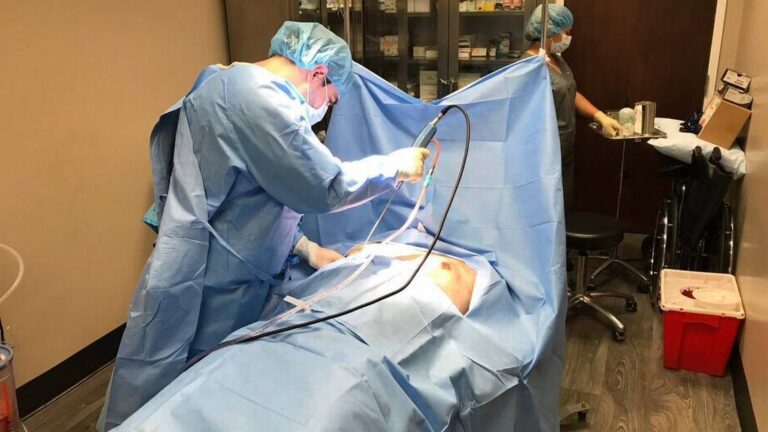
The term “occupational health” describes the process of identifying and reducing hazards brought on by chemical, physical, and other healthcare-related accidents at work. An occupational health providers helps individuals on workers’ compensation who are hurt or unwell. In order to get the greatest care, it’s critical that you obtain high-quality care from a provider. Word-of-mouth selection is a strategy used by some businesses to weed out subpar suppliers and identify potential candidates. However, it should not be the only consideration. The most crucial characteristics to look for in a provider of occupational health are listed below.
First one is effective communication. Between the employer, the doctor, and the insurance provider, there must be open lines of communication. An employee needs to be checked by a doctor straight away if symptoms or issues start to come back. The doctor must also make sure that the employee and employer are both made fully aware of the details of the work status report. It is more probable that patients will complete their treatments when there is open communication between them and their healthcare providers, and it also ensures that patients have a better grasp of their diagnosis and available options. Find an oh services provider who has an online portal that links everyone involved in the process to get the most recent and correct information.
The standard of a facility should be considered carefully while evaluating a provider. Employers don’t want to send their staff to a facility where they feel like their care, customisation, and consideration are not being given enough attention. Even though some healthcare professionals may just be interested in a rapid “cure”, those that also look for preventative measures set themselves apart. The finest providers will consider issues like establishing ergonomic modifications in the workforce or making observations about the workforce that will aid in determining the best form of treatment. By making adjustments to their sleep schedule, nutrition, or exercise routine, workers may be able to prevent diseases and injuries with the use of health-awareness information that is available to them.
The employer should confirm that the provider has experience with workplace diseases, injuries, occupational health and safety expertise. The healthcare professional should be knowledgeable about workers’ compensation laws, which include local, state, and federal regulatory requirements, as well as systems for keeping health records. They should also be familiar with legal and ethical standards pertaining to the practice of healthcare. A medical care practitioner should visit the worksite as often as feasible to gain a better understanding of the physical requirements of the position and the surrounding environment. The doctor will be better able to assess whether the patient will be able to carry out those responsibilities in their current state or following therapy if they have a better understanding of what the job entails, whether it be in an office or a factory. Beyond the employee workstations, the healthcare professional must also take a wider view.
The best healthcare professionals are those who recognise the significance of returning to work. A patient’s return to work should be considered by doctors when they treat patients. A doctor should be aware of patients’ limitations but also be open to taking into account what the patient needs in order to return to work. For instance, in some circumstances, they will have to sit instead of stand or work for only a few hours once they return to work. The main goal is to return the patient to work so they can improve, accelerate, and strengthen the workforce. Physicians’ return-to-work philosophies should be prioritised by employers.



